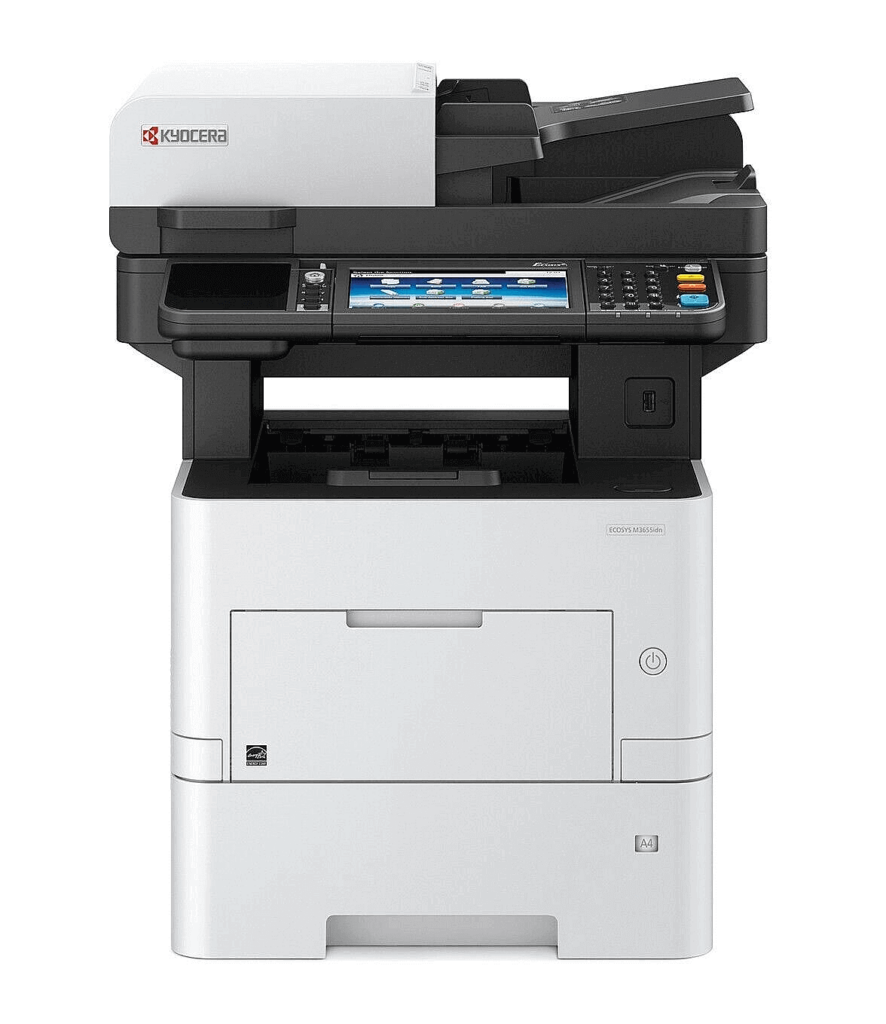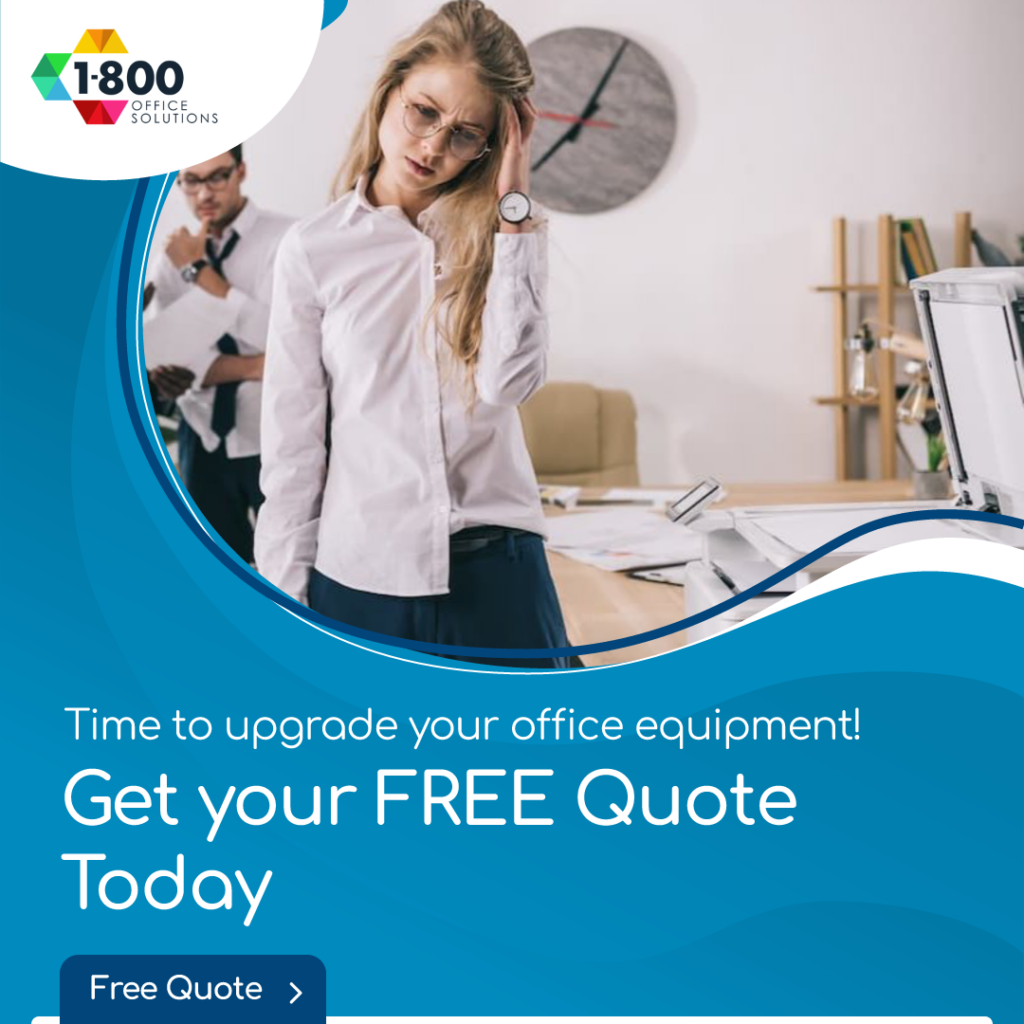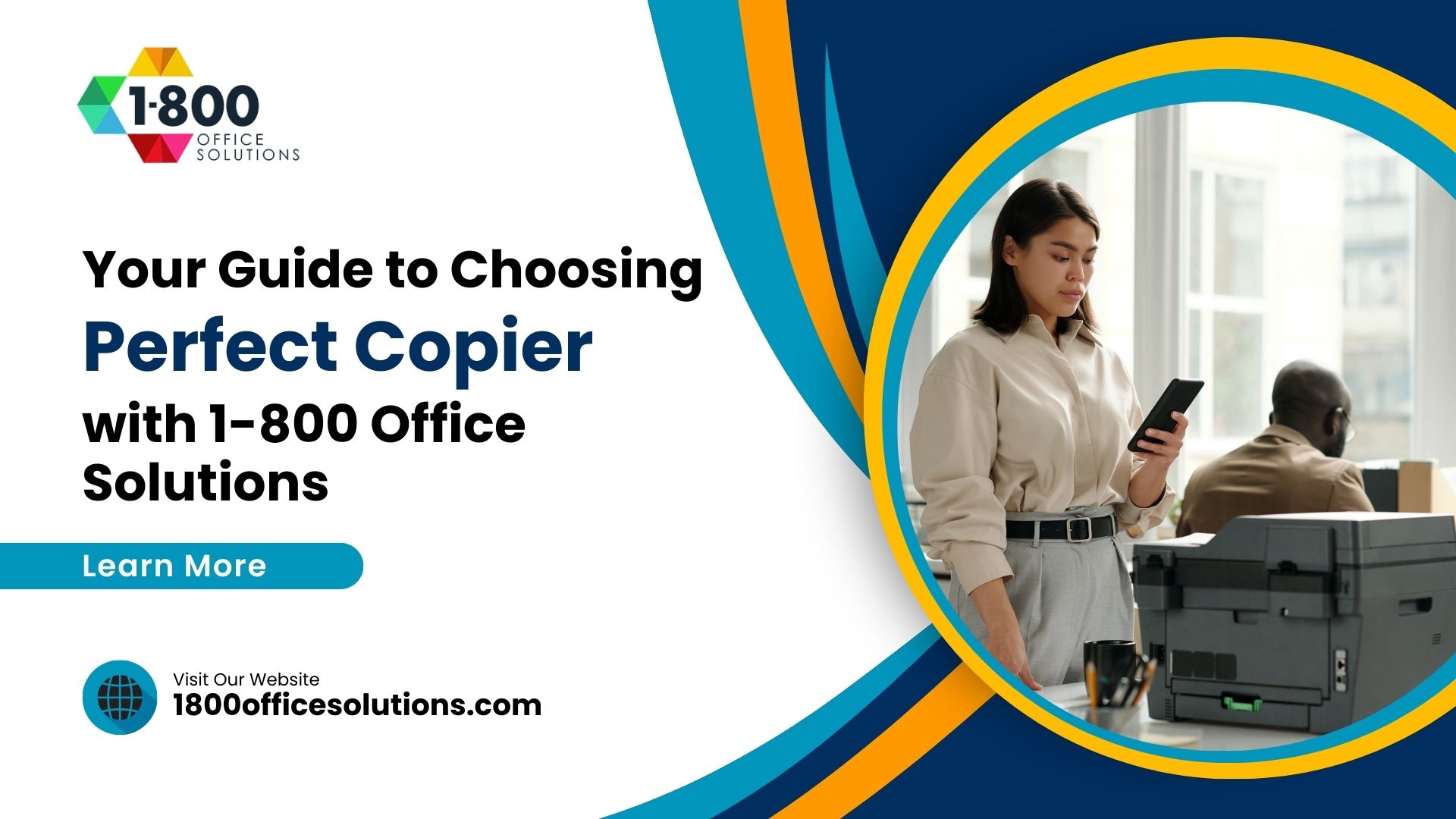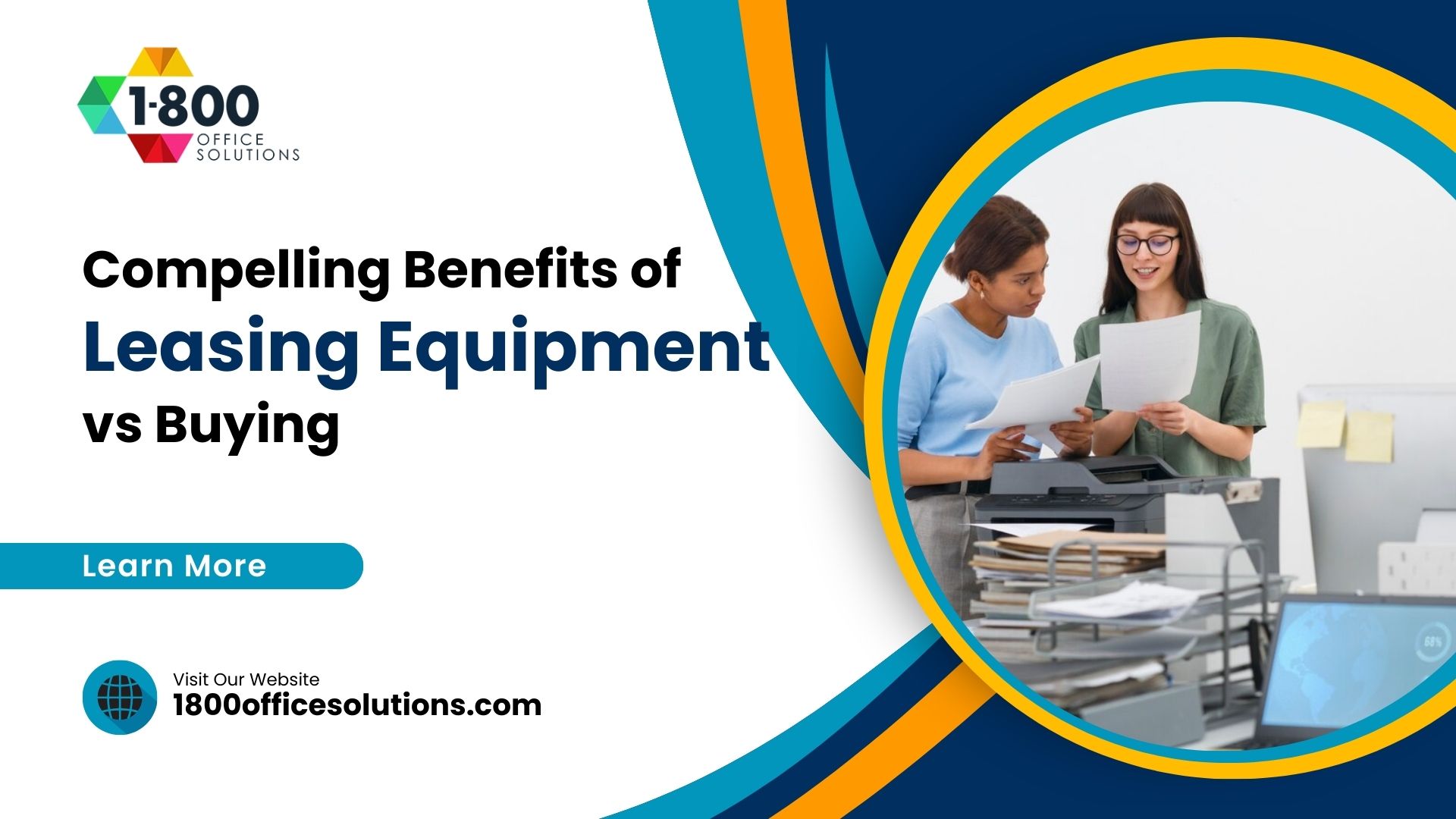Navigating the Commercial Printer Lease Maze: Insider Tips to Secure the Best Deal!
Commercial Printer Lease
In today’s fast-paced business environment, the decision to lease or buy office equipment, especially printers and copiers, has become increasingly significant. The printer leasing industry has seen a surge, with many businesses opting for leasing over purchasing. This decision can influence not only the company’s cash flow but also its operational efficiency. Thus, it’s crucial to make an informed decision when navigating this maze.
HP Education for Students, Parents, and Teachers offers insights into the benefits of their programs, shedding light on the importance of understanding the nuances of leasing versus buying.
Printer Leasing vs. Buying: The Basics
The computer and printer leasing industry has evolved over the years. With the advent of advanced technology and the need for regular upgrades, many businesses are re-evaluating the pros and cons of owning vs. leasing.
Current State: The demand for multifunctional printers and copiers has grown, leading to a surge in lease agreements. The digital era has ushered in a plethora of functionalities, with multifunctional printers and copiers at the forefront.
These devices, which combine printing, scanning, copying, and sometimes faxing, have become indispensable for many organizations. This rising demand has consequently led to a boom in lease agreements. Recognizing this trend, leading companies, such as the HP Frontline Heroes Program, have stepped up to offer more flexible terms, ensuring that businesses, regardless of their size or sector, can access the equipment they need without compromising on their financial health.
Comparing Pros & Cons: Whether you opt to lease a printer or buy a printer, each has its set of advantages and challenges. It’s essential to weigh these before making a choice.
The decision to lease a printer or buy a printer isn’t black and white. Leasing might offer the allure of lower upfront costs and easy upgrades, while buying promises long-term savings and a sense of ownership. Each option presents its unique set of benefits and potential pitfalls. For businesses standing at this crossroad, a thorough evaluation of their operational needs, budgetary constraints, and future growth plans is crucial to making an informed choice that aligns with their overarching objectives.
Buying a Printer: Dive Deep
Advantages of Buying
- Investment Benefits: When you buy a printer, it becomes a tangible asset for the company. Over time, this can offer a return on investment, especially if the printer serves its purpose for an extended period.
- Tax Advantages: Purchasing a printer or copier allows businesses to avail tax deductions. This can be a significant financial benefit in the long run.
- Flexibility in Usage: Owning a printer provides the freedom to use it as required. There are no restrictions on the number of prints or the type of usage.
Disadvantages of Buying
- Initial Investment Challenges: The upfront cost of purchasing a printer or copier can be high. This can strain a small business‘s budget, especially if they require advanced models.
- Responsibility for Maintenance and Repairs: Owning means bearing the costs of maintenance and repair. Over time, these costs can add up, especially if the printer faces frequent issues.
Leasing a Printer: A Closer Look
Advantages of Leasing
- Maintenance and Repair Benefits: Leasing companies often offer managed print services, ensuring that the equipment is always in top condition. This provides peace of mind to businesses.
- Lower Initial Investment: Leasing doesn’t require a hefty upfront payment. This can be beneficial for businesses that need to maintain a steady cash flow.
- Access to Newer Technology: Leasing agreements often come with the option to upgrade to newer models, ensuring that the business always has access to the latest technology.
- Easy Disposal: At the end of the lease, businesses can choose to return the equipment, eliminating the hassle of disposal.
Disadvantages of Leasing
- Lack of Equity: When you lease, you don’t build equity in the equipment. This means that even after paying for years, the equipment doesn’t become an asset.
- Potential Tax Disadvantages: While leasing costs can be written off, they might not offer the same tax benefits as purchasing.
- Usage Limitations: Leasing agreements might come with restrictions on usage, such as a cap on the number of prints per month.
Decision Factors: Leasing vs. Buying
Before diving into a decision, consider the following:
- Business Needs: Evaluate the printing and copying needs of your business. Do you require a multifunction printer or a simple one?
- Budget Constraints: Consider the monthly cost and the upfront cost. Determine what fits your business’s financial structure better.
- Future Requirements: Think about the future. If your business is growing, would it be better to lease or buy?
- Tax Implications: Consult with a financial advisor to understand the tax implications of both options.
By considering these factors, businesses can make an informed decision that meets their business needs and ensures operational efficiency. Whether it’s leasing a printer or copier or buying one, the choice should align with the company’s goals and financial health.
Insider Tips to Secure the Best Printer Lease Deal
Navigating the maze of printer lease options can be daunting. However, with the right knowledge and approach, you can secure the best deal that meets your business needs. Here are some insider tips to guide you:
Negotiating the Lease
Understanding the terms of a copier lease agreement is paramount. Before signing any document, ensure you’ve read and comprehended every clause. This will prevent any unexpected surprises down the line. Moreover, don’t hesitate to negotiate. Remember, leasing companies want your business, so they might be willing to offer flexible terms that fit your business.
Understanding Lease Limitations
Every printer lease comes with its set of limitations. Be it page limits, toner usage, or other restrictions, it’s essential to be aware of these. Overstepping these boundaries can lead to additional costs. For instance, if you’re looking at a multifunction printer for a new office, ensure it aligns with your expected volume of printing and copying. HP Frontline Heroes Program offers insights into how to choose the right equipment that aligns with your needs.
Evaluating Upgrade Options
The tech world is ever-evolving. What’s cutting-edge today might become obsolete tomorrow. Hence, it’s crucial to understand the upgrade options in your printer or copier lease. Some leasing companies offer the opportunity to switch to newer models during the lease term, ensuring you always have access to the latest technology.
Considering End-of-Lease Terms
As the end of the lease approaches, you’ll be faced with a decision: return the equipment, buy it, or renew the lease. Understanding the buyout options and equipment disposal terms in advance can save you from last-minute hassles. Whether you opt to purchase or lease again, ensure it’s a decision that benefits your business in the long run.
What People Also Ask
What are the tax implications of leasing vs. buying a printer?
Leasing a printer can offer tax benefits as the monthly payments can often be deducted as business expenses. However, when you buy a printer, you might be eligible for capital allowances, which can provide tax relief on the asset’s depreciation. It’s always best to consult with a financial advisor to understand the specific tax implications for your business scenario.
How often can I upgrade my printer under a lease agreement?
The frequency of upgrades depends on the terms of your lease agreement. Some agreements offer annual upgrades, while others might have longer durations. It’s essential to discuss upgrade terms with the leasing company at the outset to ensure you have access to the latest technology when you need it.
Yes, some printer lease agreements might have hidden fees, such as maintenance costs, overage charges for exceeding print limits, or fees for early termination. It’s crucial to read the agreement thoroughly and clarify any ambiguities with the leasing company to avoid unexpected costs.
What happens at the end of a printer lease term?
At the end of a printer lease term, you typically have several options: return the equipment, buy it at its fair market value, or renew the lease. Some agreements might also offer a month-to-month extension. Ensure you understand these terms at the beginning of the lease to make an informed decision when the time comes.
Conclusion
In the dynamic landscape of business operations, the decision between leasing and buying office equipment, especially printers and copiers, holds significant weight. Both options come with their unique set of advantages and challenges, tailored to various business needs and financial structures.
While leasing offers flexibility and access to the latest technology without hefty upfront costs, buying provides a sense of ownership and potential long-term financial benefits. The key lies in thorough research, understanding the intricate terms of agreements, and aligning choices with the company’s goals. As businesses evolve, so do their requirements.
Hence, periodically revisiting and re-evaluating these decisions becomes imperative. Whether you’re a startup looking to conserve cash flow or an established entity aiming for long-term investments, always prioritize what makes the most sense for your business’s present and future. In the end, the best decision is an informed one, made with foresight and clarity.












